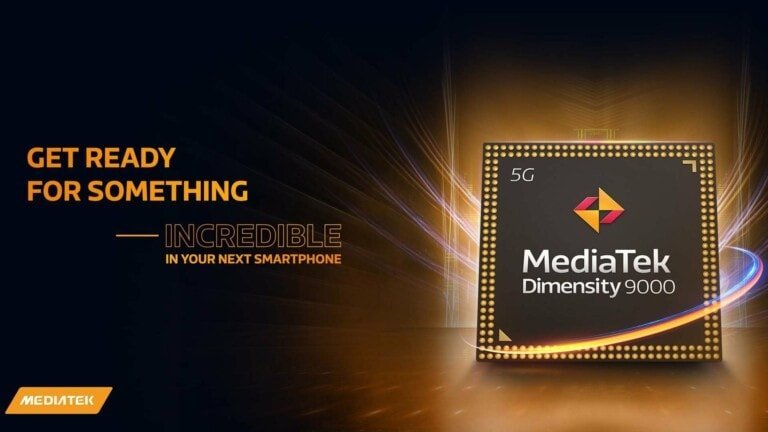Any links to online stores should be assumed to be affiliates. The company or PR agency provides all or most review samples. They have no control over my content, and I provide my honest opinion.
Today Realme launched two new phones, the Realme 6 and the Realme 6 Pro.
The cheaper of the two uses the Mediatek Helio G90t which was the stand out chipset from Mediatek last year on the Xiaomi Redmi 8 Pro.
The Realme 6 Pro is the first phone to launch with the new chipset from Qualcomm, while it is technically the successor to the Realme 5 Pro, it is perhaps closer in relation to last years superb Realme X2.
I have previously covered how the new Snapdragon 720G is almost identical to the Snapdragon 730G of last year.

Snapdragon 720G vs Snapdragon 730G
Both the Snapdragon 720G and 730G have two Cortex-A76 performance cores and six Cortex-A55 efficiency cores. The A55 cores are clocked the same but the A76 cores are clocked higher on the SD720G running at 2.3GHz vs .2GHz.
The SD730G has the advantage in the GPU department though, they both have the same Adreno 618 GPU but the SD730G has 15% higher clock speed
Both chipsets are made on the same fabrication process so they should be equally as efficient on the batter
The Realme 5 Pro used the Snapdragon 712, which was excellent at the time of launch but it can’t compete with these two newer chipsets.
Display Difference
This is where the Realme 6 Pro shares more in common with the 5 Pro. They both use an IPS display, which is often not regarded as good as AMOLED which you will find on the X2 (or XT depending on where you live).
However the Realme 6 Pro bumps up the spec with a larger screen and fractionally improved resolution thanks to the punch hold the display, running at 1080 x 2400 pixels it then also has a 90Hz refresh rate and 120Hz touch sensing.
The Realme 5 Pro has a smaller 6.3-inch display and the X2 had a 6.4-incch but this AMOLED.
The larger display of the 6 Pro means it is around 20g heavier than the other two and about 5cm taller.
Unlike the other two, which had a plastic back, this adopts a more luxurious glass back (adding to the weight)
RAM & Storage

The old Realme 5 Pro had 4GB/128GB as the only option in the EU/UK then the X2 came in 8GB/128GB.
The Realme 6 Pro has 6GB/8GB RAM options and then 64GB/128GB storage, but they may not launch this many options in the UK, we will have to wait and see.
Camera

The new Realme 6 Pro has the best camera specification of all three of the phones, Realme has wisely included a telephoto lens in this years model, making it much more versatile.
You get ta 64MP main camera then the 12MP f/2.5 telephoto lens, an 8MP ultrawide angle lens, and 2MP macro lens. It also supports UIS and UIS Max Video Stabilization.
On the front, you get a dual selfie camera with a 16MP f/2.0 Sony IMX471 module and an 8MP ultrawide lens with 105-degree field of view.
The X2 has a 64MP lens, 8MP ultrawide, 2MP macro and 2MP depth. It then had a 32MP selfie.
The Realme 5 Pro had the same but dropped the main lens down to 48MP. This then had a 16MP selfie.
Battery
Realme have upped the battery capacity compared to the other two, with this you get a 4300 mAh battery with 30W VOOC 4.0 fast charge, there I no wireless.
Then the X2 had a 4000 mAh battery with the same 30W VOOC 4.0 fast charge.
The 5 Pro had a 4035 mAh battery with 20W fast charge.
Price and Availability
The Realme 6 Pro has only launched in India so far at rs.16 999 which works out as £178. There is no word on UK price or availability but I expect it to launch soon.
Currently, the Realme X2 is 299-euros direct from Realme, Amazon UK also stock this for £279
The 5 Pro is 199-euros from Realme, this does not appear to be on Amazon UK.
To give some idea what the UK pricing maybe, the Realme X2 is on sale on Amazon India for rs.19,700 and the 5 Pro is rs.15,990. So the Realme 6 Pro should (hopefully) launch just a bit higher than the current 5 Pro.
I am James, a UK-based tech enthusiast and the Editor and Owner of Mighty Gadget, which I’ve proudly run since 2007. Passionate about all things technology, my expertise spans from computers and networking to mobile, wearables, and smart home devices.
As a fitness fanatic who loves running and cycling, I also have a keen interest in fitness-related technology, and I take every opportunity to cover this niche on my blog. My diverse interests allow me to bring a unique perspective to tech blogging, merging lifestyle, fitness, and the latest tech trends.
In my academic pursuits, I earned a BSc in Information Systems Design from UCLAN, before advancing my learning with a Master’s Degree in Computing. This advanced study also included Cisco CCNA accreditation, further demonstrating my commitment to understanding and staying ahead of the technology curve.
I’m proud to share that Vuelio has consistently ranked Mighty Gadget as one of the top technology blogs in the UK. With my dedication to technology and drive to share my insights, I aim to continue providing my readers with engaging and informative content.






